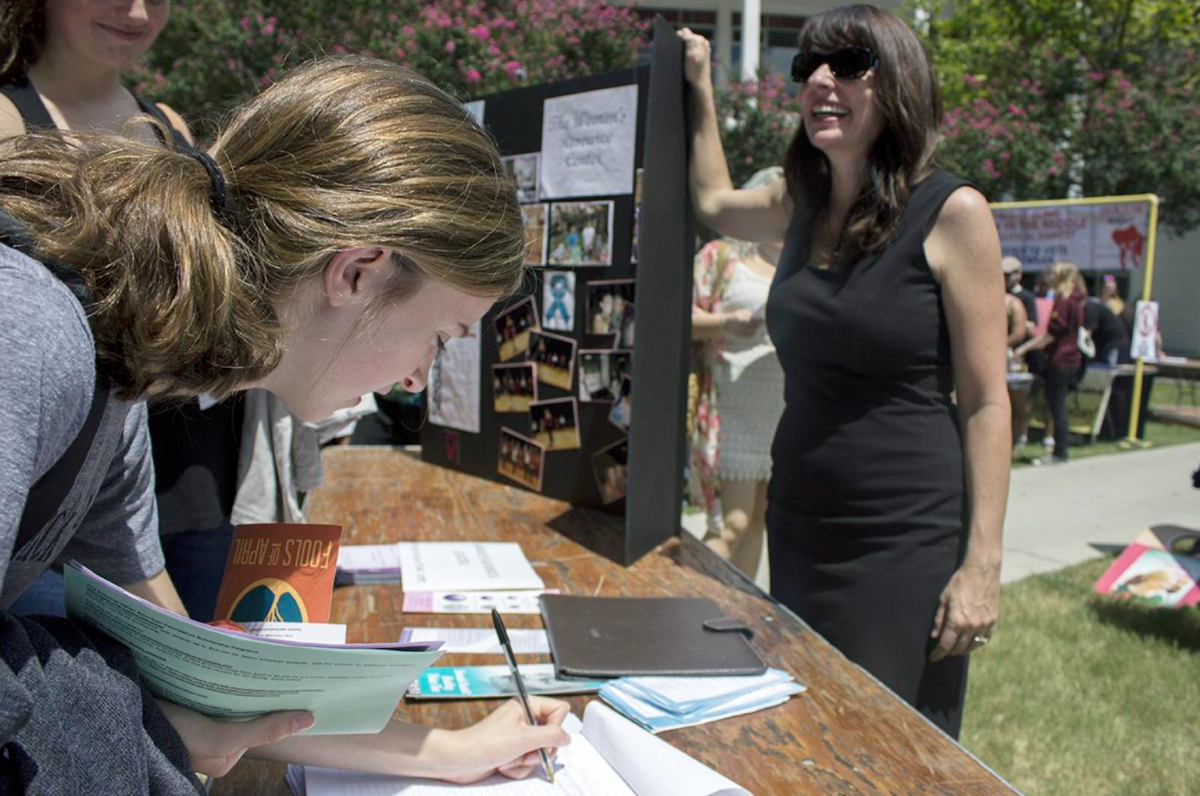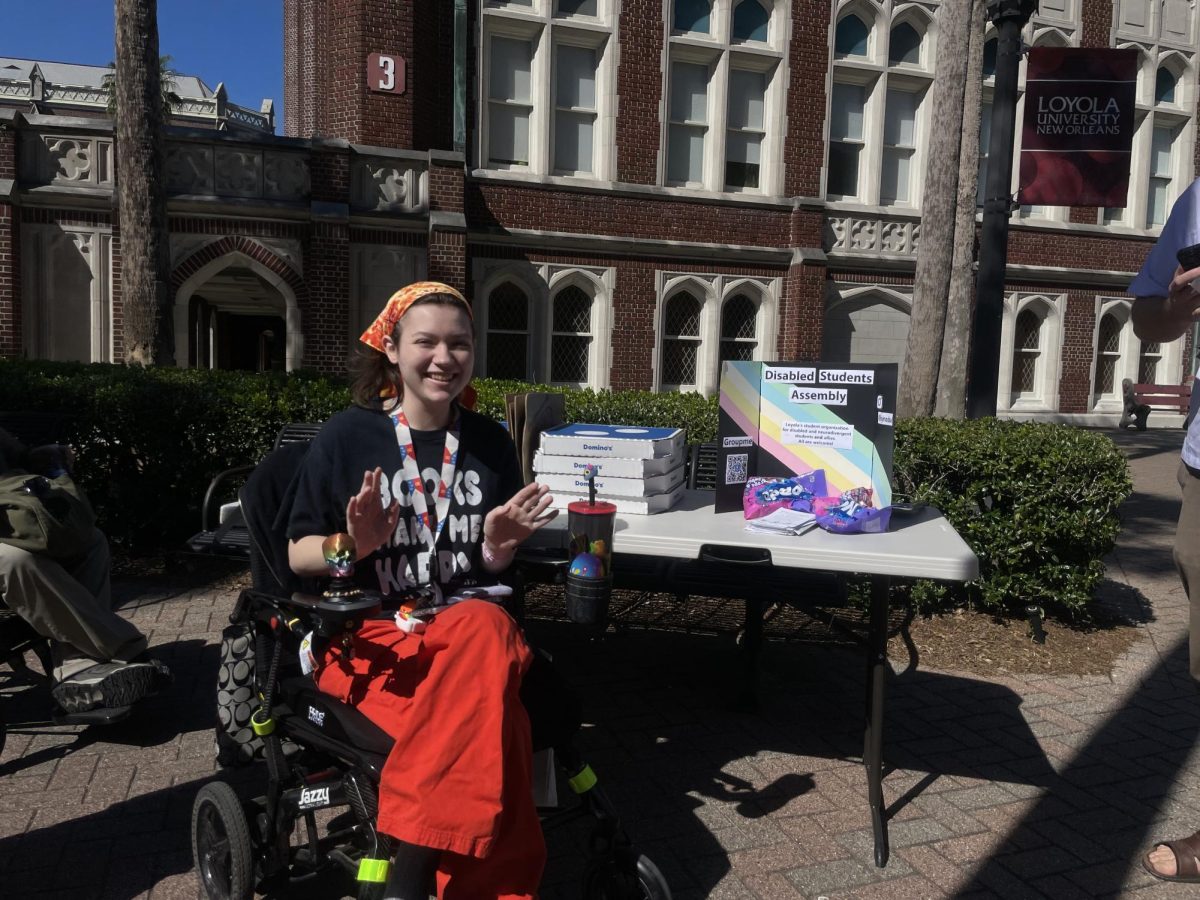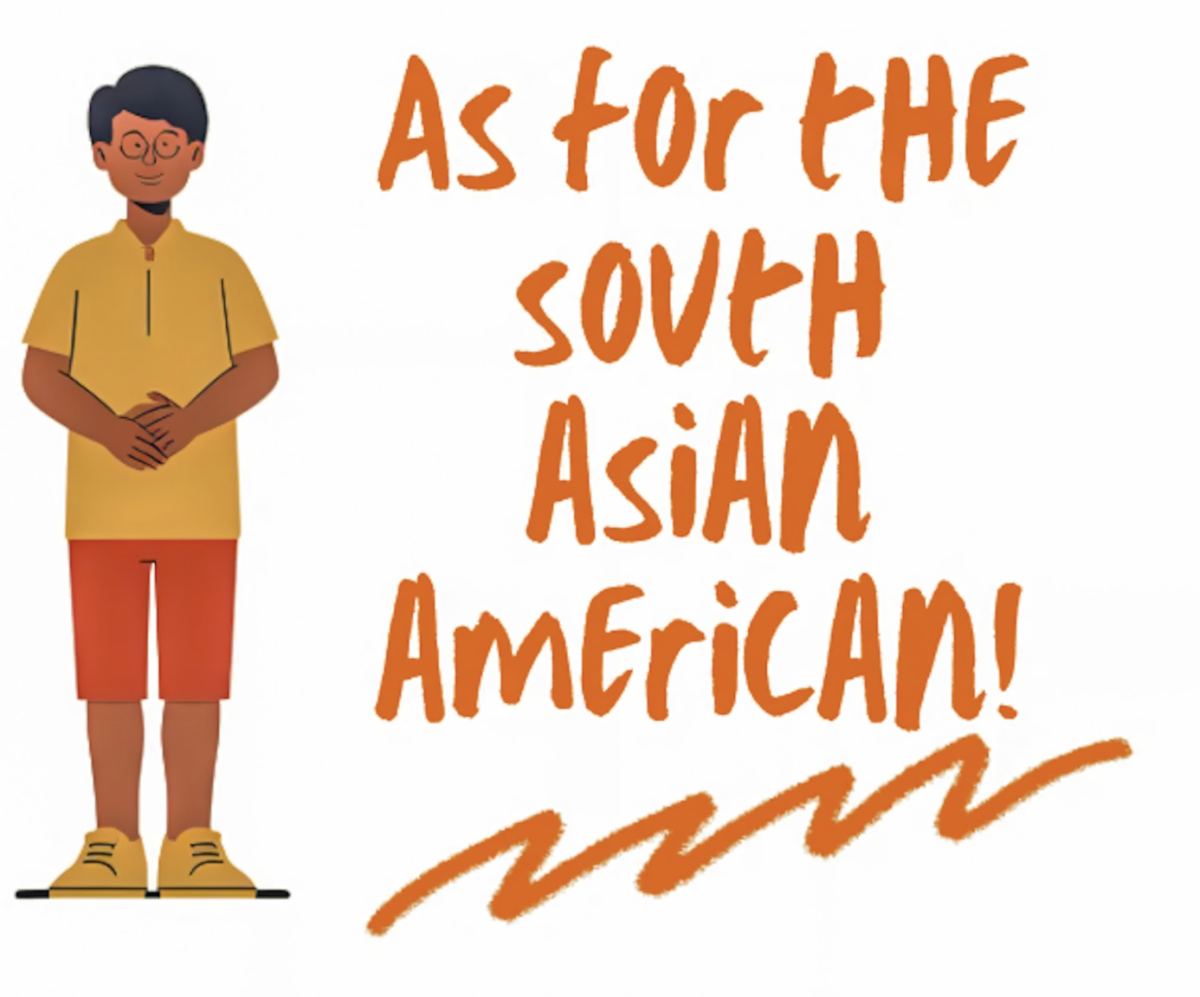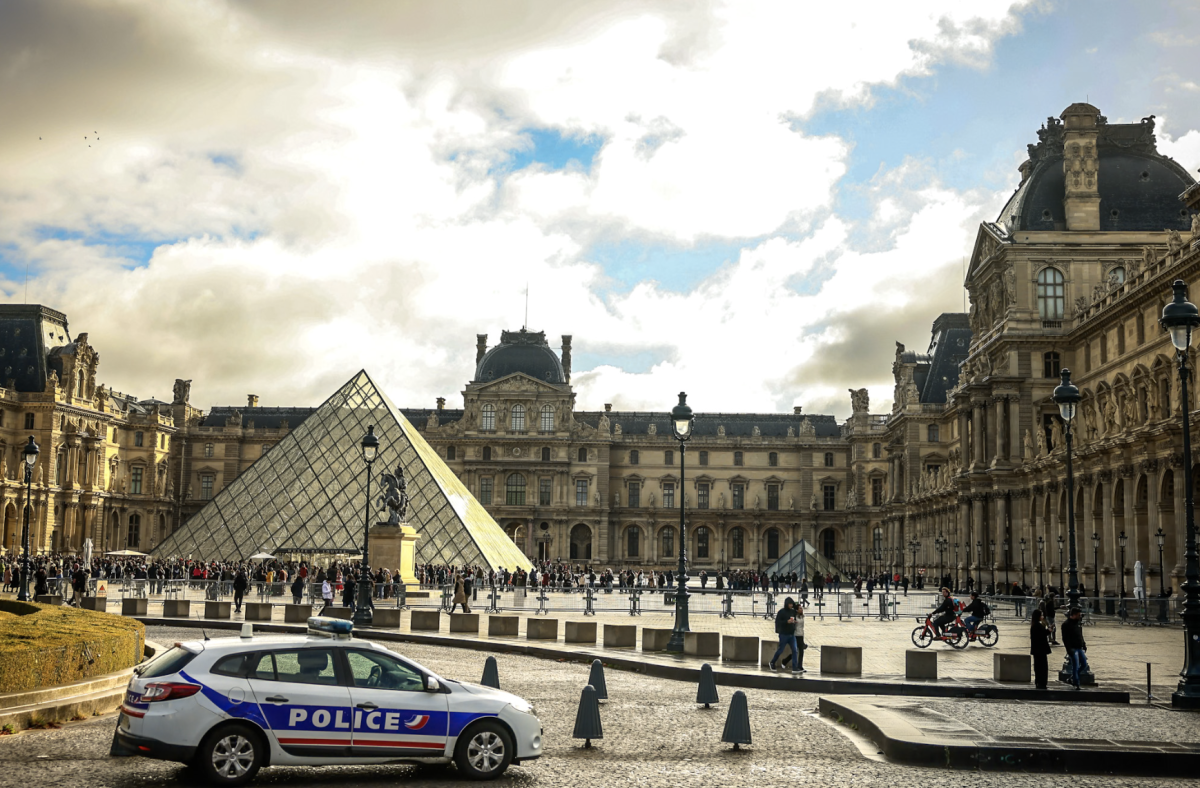Loyola University enjoys a choice location on St. Charles Avenue with Audubon Park right across the street.
The Rev. John O’Shanahan, S.J. who was the superior of the Jesuits’ New Orleans mission from 1888 to 1891, was the visionary responsible for purchasing the land now occupied by Loyola.
When he lived at the College of the Immaculate Conception on Baronne Street, O’Shanahan would take long walks looking for land on which to build a church and a new Jesuit college.
He was impressed by the development of the land up-river from Napoleon Avenue spurred by the Cotton Centennial Exposition of 1884. The exposition took place on land which subsequently became Audubon Park.
O’Shanahan secured a large tract of open undeveloped land on St. Charles Avenue facing the park. The area across from the park had been part of the estate of Pierre Foucher, the son-in-law of Jean Etienne de Boré, the pioneer sugar manufacturer, who had first profitably granulated cane sugar.
O’Shanahan could have purchased the whole tract, which not only included the land occupied only Loyola, but also included the campus of Tulane University for $75,000.
However, he was cautioned by his Jesuit advisors that such a grand venture smacked of commercialism and was forbidden by canon law.
O’Shanahan later regretted following that advice.
He said, “I wanted to buy the whole tract…I am sorry that I followed their advice, for in 10 days I could have sold enough to pay for the entire tract I bought and put aside a sinking fund for the education of our young men.”
O’Shanahan turned to a friend of the Jesuits, Edward Douglas White, who became the chief justice of the Supreme Court.
Loyola claims him as an alumnus because he attended the College of the Immaculate Conception.
Through the agency of White, O’Shanahan purchased a portion of the tract in 1889 for $22,500.
Tulane then bought the adjoining tract for $37,000.
In 1904, the New Orleans Province of the Society of Jesus sold the part of the tract north of Claiborne Avenue to John Morlas for $8,000.
In 1909, it sold the portion between Freret Street and Claiborne Avenue to Tulane for $150,000. Finally, in 1912, the province sold the 15 acres between St. Charles Avenue and Freret Street to Loyola.
On May 29, 1892, a new Jesuit church, Holy Name of Jesus, and a residence for the Jesuits was dedicated on the site.
The original wooden church, constructed by Jesuit brothers, was affectionately called “The Little Jesuits” to distinguish it from the Church of the Immaculate Conception on Baronne Street.
In 1904, Loyola College was opened, and in 1912, it became Loyola University of New Orleans.
Bernard Cook is a history professor at Loyola. He is currently on sabbatical in Europe and is working on a book about the history of Loyola University New Orleans. He can be reached at cook@loyno.edu







